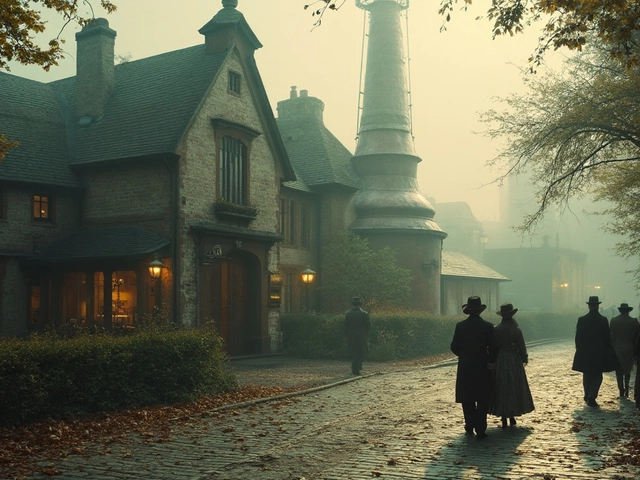Complex Beer Recipes: Take Your Homebrew to the Next Level
Ever wondered why some beers taste like a whole story instead of just grain and hops? The secret is in the recipe – layering flavors, using special ingredients, and tweaking the process. If you’re ready to move past basic pale ales and try something that really surprises the palate, these tips will get you there.
Key Techniques for Building Complexity
First, think about multiple fermentations. Fermenting a base beer, then adding fruit, spices, or another yeast strain later can create depth you won’t get from one straight run. Many homebrewers do a primary fermentation, then a secondary where they drop in fresh berries, vanilla beans, or even a splash of rum.
Second, double mashing or step mash can unlock hidden sugars and flavors. Start the mash at a lower temperature (around 148°F/64°C) to break down enzymes, then raise it to 158°F/70°C for a richer malt profile. This extra step costs a few minutes but adds body and caramel notes.
Third, don’t shy away from adjuncts like roasted coffee, cocoa nibs, or smoked malt. Toast them lightly before adding to the boil to avoid bitterness. A quick tip: put these ingredients in a muslin bag so you can pull them out after the boil.
Finally, consider aging. Oak barrels, oak cubes, or even a jar of bourbon-soaked wood chips can give a beer a subtle vanilla, tannin, or spirit character. Age the beer for 4–6 weeks in the refrigerator to let the flavors meld without over‑oxidizing.
Sample Complex Recipes to Try
1. Chocolate Coffee Stout – Use a base of dark malt, add 0.5 lb of cocoa nibs and 0.5 lb of cold‑brew coffee in the secondary. Finish with a pinch of sea salt for an extra wow factor.
2. Belgian Fruit Saison – After primary fermentation, add 1 lb of fresh raspberries and a teaspoon of coriander. Switch to a Belgian yeast for the secondary to bring out spicy notes.
3. Smoked Chili IPA – Incorporate smoked malt in the mash and add 1 oz of dried chilies during the boil. Post‑fermentation, drop in a few slices of fresh jalapeño for a lingering kick.
These recipes show how a few extra steps can turn a regular beer into a conversation starter. Start simple: pick one technique, like adding fruit in the secondary, and master it before stacking more layers.
Remember to keep notes. Write down every grain, hop, and extra you use, plus the temperatures and times. Over time you’ll see patterns – what works for a stout might not work for a pale ale, and that’s okay.
Complex beer recipes aren’t about blowing up the kitchen or buying expensive gear. They’re about curiosity, a willingness to experiment, and a bit of patience. Grab your fermenter, pick a technique, and start brewing a beer that tells a story with every sip.
Brewing beer at home is an exciting adventure, but tackling complex beer styles can be intimidating for newcomers. In this article, we explore why certain beers are harder to brew, delving into the nuances of flavor, technique, and timing. You'll gain insights into the unique challenges of brewing sour ales, Belgian tripels, and Imperial stouts. Tips on managing these complexities successfully are shared, paired with anecdotes from the world of homebrewing enthusiasts. This read aims to embolden the aspiring brewer to step up their game and embrace challenges that lead to exceptional home-brewed creations.
View Details

